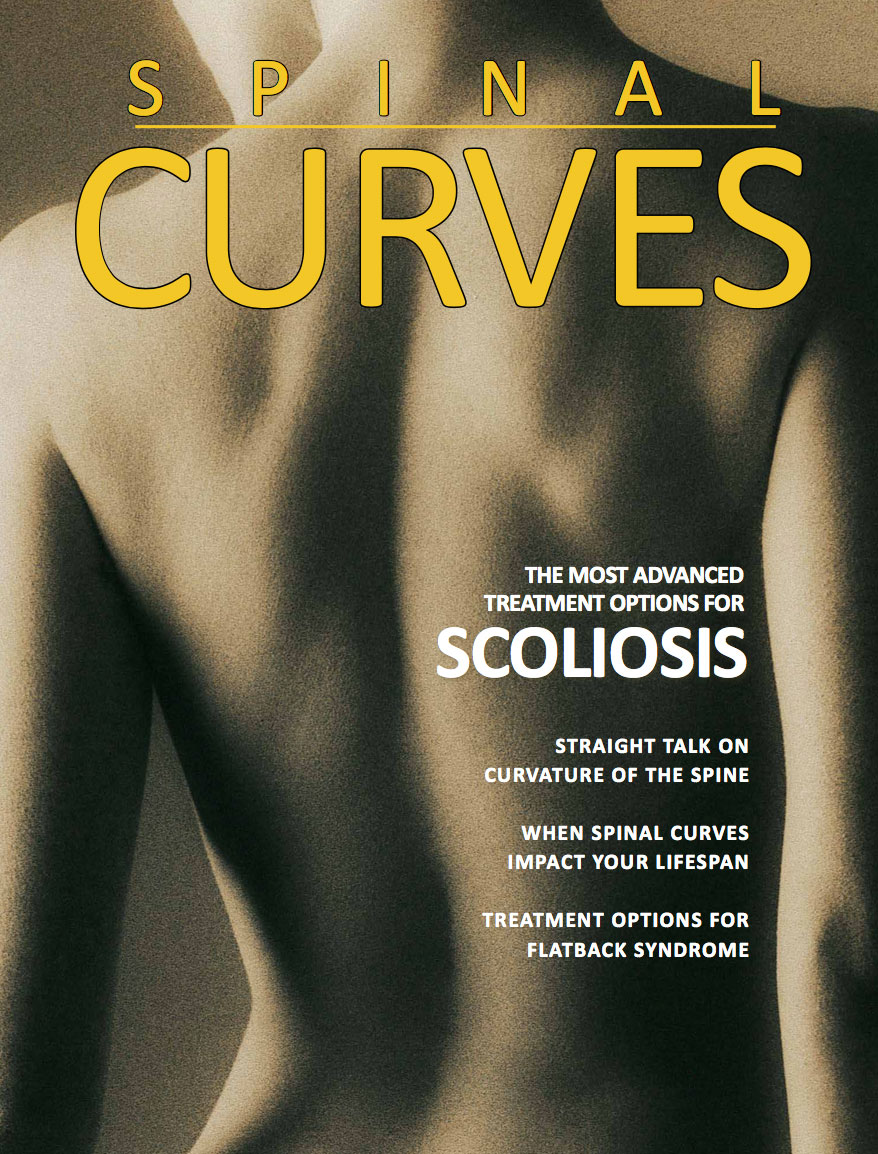 Idiopathic scoliosis is the most common type of scoliosis, with onset after 10 (Adolescent Idiopathic Scoliosis) being the most common. For the other types of idiopathic scoliosis, when scoliosis is present before the age of 3, this is known as Infantile Scoliosis. When scoliosis is diagnosed between the ages of 3 to 10, this is known as Juvenile Scoliosis.
Idiopathic scoliosis is the most common type of scoliosis, with onset after 10 (Adolescent Idiopathic Scoliosis) being the most common. For the other types of idiopathic scoliosis, when scoliosis is present before the age of 3, this is known as Infantile Scoliosis. When scoliosis is diagnosed between the ages of 3 to 10, this is known as Juvenile Scoliosis.
All Idiopathic Scoliosis seems to be a genetic growth disturbance. Depending on the age of the patient and the size of the curve, the patient may do best with observation, bracing, casting, growth sparing procedures such as grow rods, MAGEC, VEPTR, Shilla, tetherings or with reconstructive scoliosis correction and fusion, either minimally invasive or open.
It is important to involve a fellowship-trained physician that specializes in scoliosis scoliosis and spinal deformities. Surgeon experience plays a big role in patient outcome.
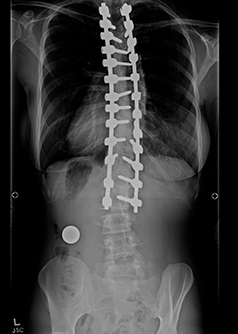
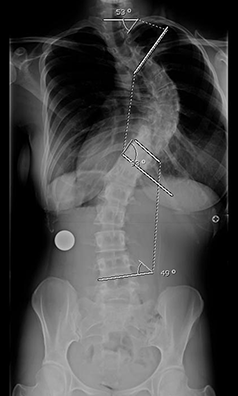
How is Idiopathic Scoliosis Treated and Classified?
The most current classification for adolescent idiopathic scoliosis is the Lenke Classification, which takes into account much of the complexity of the various, subtle, variations in idiopathic scoliosis. It also helps in the surgical planning. However, research continues on the various subtypes, with additional research regarding subtypes being performed every year. One example of this is the classification of Lenke 1A curves into 1ARight and 1ALeft. A center's experience and attention to detail regarding these classifications differences is an important factor in achieving high reliability surgical correction and treatment.
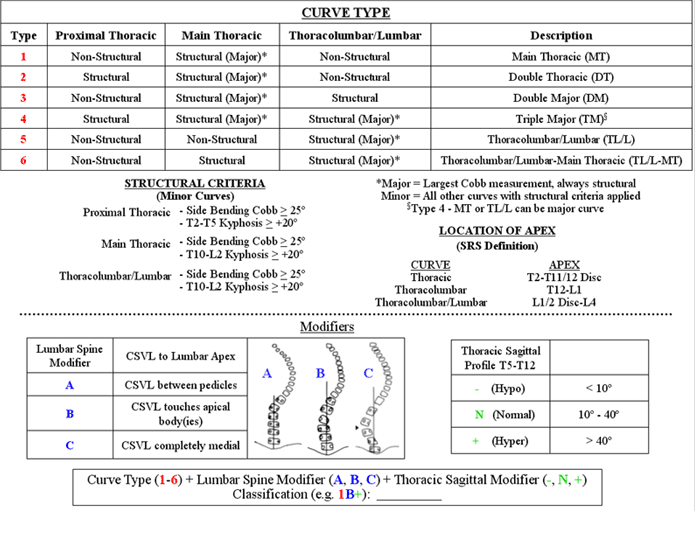 |
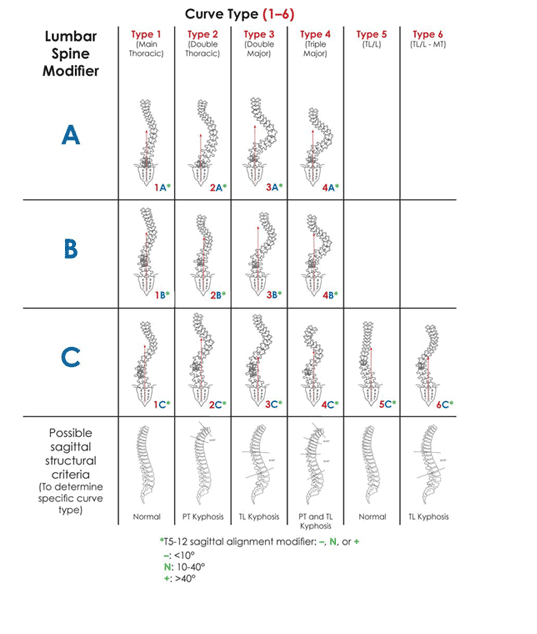 |
Download the case study on A new modular radiographic classi cation of adult idiopathic scoliosis as an extension of the Lenke classi cation of adolescent idiopathic scoliosis.






